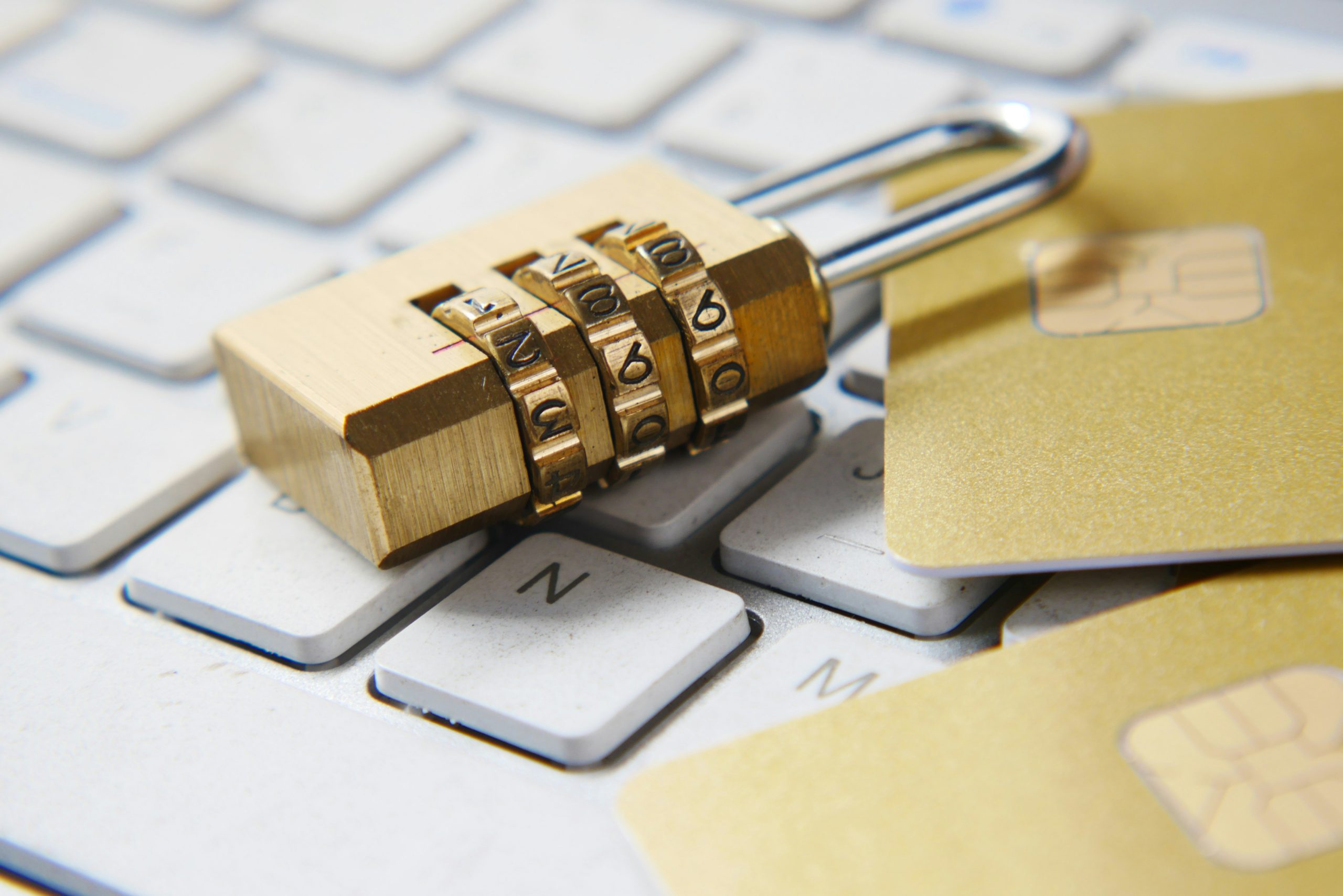
Welcome to the digital age, where almost every aspect of our lives is interconnected through the internet. From socializing and shopping to banking and working, the online world has become an integral part of our daily routines. However, with the convenience and accessibility come numerous risks that can compromise our personal information and online security.
In this article, we will explore the fundamentals of cybersecurity and provide you with essential tips to protect yourself while navigating the vast online landscape. Whether you’re a seasoned internet user or just starting your online journey, understanding and implementing cybersecurity practices is crucial to safeguarding your digital presence.
By staying informed and adopting best practices, you can significantly reduce the likelihood of falling victim to cyber threats. From phishing attacks and malware infections to unauthorized access and identity theft, the risks are real. But fear not, as we will equip you with the knowledge and tools to fortify your defenses.
Join us on this cybersecurity journey as we dive into the world of online safety and empower you to take control of your digital well-being. Let’s ensure your peace of mind while enjoying the endless possibilities of the internet.

Understanding Cyber Threats
In today’s digital landscape, individuals face various cyber threats that can jeopardize their personal information and online security, making cybersecurity webinars an invaluable resource for understanding these threats and learning effective protection strategies. It is crucial to understand these threats and their potential risks in order to protect yourself effectively. In this section, we will delve into the types of cyber threats that you may encounter, including phishing, malware, and hacking.
Phishing: Phishing attacks involve cybercriminals posing as legitimate entities, such as banks or online retailers, to trick individuals into divulging sensitive information like passwords or credit card details. These deceptive tactics typically occur through email or fake websites.
Malware: Malware refers to malicious software designed to infiltrate and damage computer systems. It can come in various forms, such as viruses, worms, or ransomware. Once installed, malware can steal personal information, corrupt files, or even take control of your device.
Hacking: Hackers employ sophisticated techniques to gain unauthorized access to computer systems or networks. They may exploit vulnerabilities in software or use social engineering tactics to trick individuals into providing access. Once inside, hackers can steal sensitive data, disrupt services, or launch further cyber attacks.
Understanding these cyber threats is essential for safeguarding your personal information and maintaining online security. In the next section, we will explore best practices that you can adopt to enhance your online safety and protect yourself from these threats.
Best Practices for Online Safety
When it comes to navigating the vast online world, ensuring your safety should be a top priority. By implementing best practices for online safety, you can protect yourself from cyber threats and keep your personal information secure. Here are some essential steps you can take:
Create Strong Passwords
Using strong, unique passwords for each of your online accounts is crucial. Avoid using common phrases or easily guessable information. Instead, opt for a combination of uppercase and lowercase letters, numbers, and special characters. Additionally, consider using a password manager to securely store and generate complex passwords.
Enable Two-Factor Authentication
Enabling two-factor authentication adds an extra layer of security to your online accounts. This feature typically requires you to provide a second form of verification, such as a code sent to your mobile device, in addition to your password. It significantly reduces the risk of unauthorized access even if your password is compromised.
Regularly Update Software
Regularly updating your software, including operating systems, web browsers, and applications, is essential for safeguarding against known vulnerabilities. These updates often include important security patches that protect your device and data from potential cyber threats.
Practice Secure Browsing Habits
Practicing secure browsing habits can help protect you from malicious websites and phishing attempts. Be cautious of suspicious email attachments or links, and avoid downloading files from untrusted sources. Look for the padlock symbol and “https” in the URL to ensure secure connections when entering sensitive information.
Shop Safely Online
When shopping online, only purchase from reputable websites that have secure payment methods. Look for trust indicators like the padlock symbol or “https” in the URL. Avoid entering sensitive information on unsecured Wi-Fi networks and use a virtual private network (VPN) for added security.
By following these best practices for online safety, you can minimize the risks associated with cyber threats and protect your personal information. Stay informed, stay vigilant, and keep taking proactive steps to safeguard your digital life.
Protecting Your Digital Devices
In today’s digital age, the security of our digital devices, such as smartphones, computers, and tablets, is of utmost importance. It is crucial to take proactive measures to protect these devices from potential cyber threats. By implementing effective security practices, you can establish a secure digital environment and safeguard your personal information.
Antivirus software is an essential tool in protecting your digital devices. It helps detect and eliminate malicious software, such as viruses, malware, and spyware, that can compromise your device’s security. Regularly updating your antivirus software ensures that it can effectively counter the latest threats.
Firewalls serve as a barrier between your device and potential intruders. They monitor incoming and outgoing network traffic, blocking unauthorized access to your device. Enable the built-in firewall or consider installing a third-party firewall to enhance your device’s security.
Device encryption is another crucial step in protecting your digital devices. By encrypting your data, you make it unreadable to unauthorized users. It adds an extra layer of security, especially when your device gets lost or stolen. Enable device encryption in your device settings to keep your information safe.
Additionally, it is essential to keep your operating system, applications, and device firmware up to date. Software updates often include security patches that address vulnerabilities and protect your device from known threats. Configure your device to install updates automatically or regularly check for updates and install them promptly.
Practice safe browsing habits to minimize the risk of exposing your digital devices to cyber threats. Be cautious when clicking on links or downloading files from unknown sources. Stick to reputable websites and only download content from trusted sources.
By following these best practices, you can significantly reduce the risk of cyber threats to your digital devices. Protecting your smartphones, computers, and tablets is a crucial step towards ensuring your online safety and the security of your personal information.

Conclusion
Throughout this article, we have explored the crucial topic of cybersecurity and the significance of protecting oneself online. In today’s digital age, where our lives are increasingly intertwined with the internet, it is imperative to prioritize online safety and take proactive measures to safeguard our personal information.
We have discussed the various cyber threats that individuals may encounter, such as phishing, malware, and hacking, and how these threats can compromise our online security. By understanding these risks, we can better protect ourselves and make informed decisions while navigating the digital landscape.
Additionally, we have highlighted best practices for online safety, including creating strong passwords, utilizing two-factor authentication, regularly updating software, maintaining secure browsing habits, and practicing safe online shopping. Implementing these measures significantly reduces the chances of falling victim to cyberattacks.
It is crucial to recognize the importance of protecting our digital devices, such as smartphones, computers, and tablets, from potential threats. Utilizing antivirus software, firewalls, and device encryption helps establish a secure digital environment, safeguarding our sensitive data.
In conclusion, cybersecurity is a shared responsibility that requires constant vigilance. By prioritizing online safety and adopting the best practices discussed in this article, we can protect ourselves and contribute to a safer digital world. Stay informed about emerging threats and take proactive steps to fortify your online presence. Remember, your online security is in your hands.






